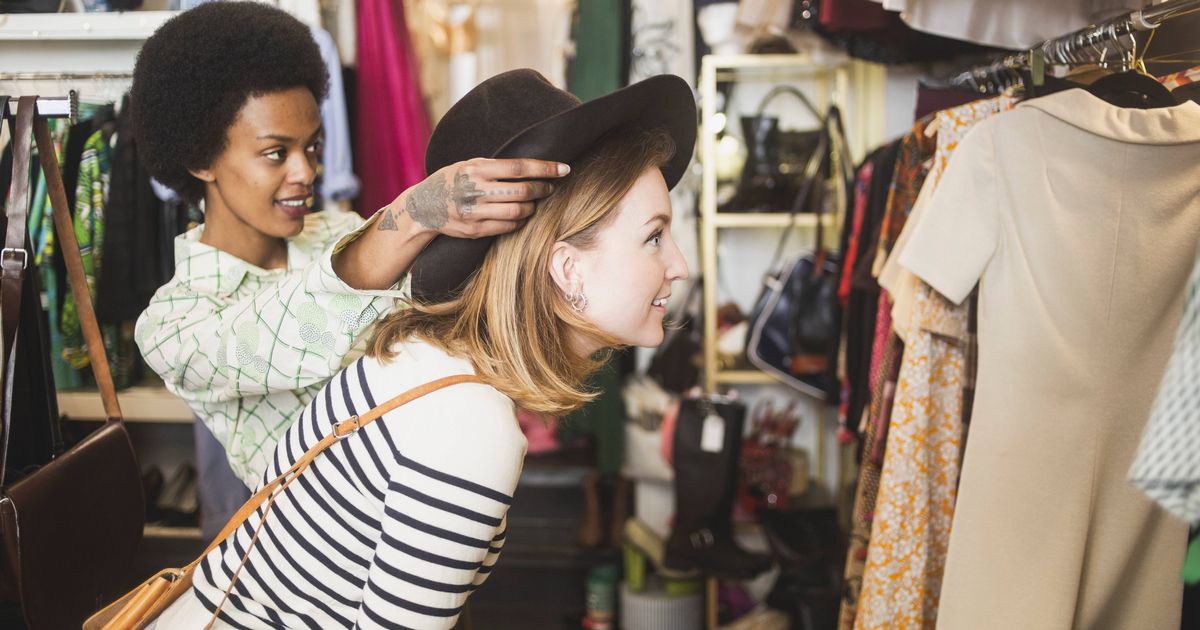Charity shops are more popular than ever across the country, but one city stands out among them all the best place to bag quality items at low prices
Ravi Meah and Karen Rockett
07:01, 06 Aug 2025
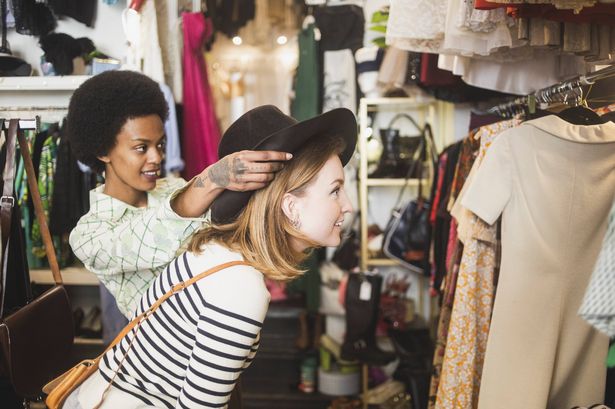 More people than ever have flocked to charity shops to get bargains (stock image)(Image: Maskot via Getty Images)
More people than ever have flocked to charity shops to get bargains (stock image)(Image: Maskot via Getty Images)
Nearly half of the population in England and Wales are turning to charity shops for their shopping needs, or considering doing so due to the ongoing cost of living crisis, according to recent research by the Co-operative Bank. With more than 11,200 charity shops available, one in 10 shoppers predict that most of their clothing purchases in the next year will be second-hand.
As we begin to embrace thrifting more, the research looked at which UK cities have the best second-hand stores per square mile, from charity shops and car boot sales to antique fairs. Surprisingly, though, Liverpool does not make the top 10 of the UK’s thrifty towns.
One city in the East Midlands topped the list for the number of charity shops, car boot sales and antique fairs. This city boasts 127 charity shops – equating to more than 4.4 shops per square mile. It also has a wealth of trendy new vintage stores, antique shops and junk shops selling all sorts for bargain hunters.
That city is Nottingham, a haven for charity shop enthusiasts with seven different White Rose charity shops selling pre-loved clothing for The Aegis Trust and 16 charity shops in the Victoria zone alone. On the outskirts of the city, Rainbows charity shop in Beeston or Hope charity shop in Clifton are also top picks for a charity shop hunt.
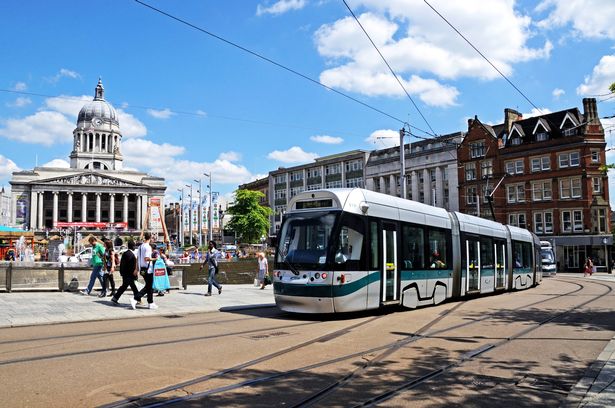 Nottingham takes the crown of Britain’s bargain capital(Image: CaronB via Getty Images)
Nottingham takes the crown of Britain’s bargain capital(Image: CaronB via Getty Images)
Other second-hand shops in the city recommended by itsinnottingham.com include Argang, Cow, Glass Onion Vintage, Hopkinson Antique and Vintage and Wild Clothing, reports the Express.
The city also boasts 12 antique fairs and an impressive 43 car boot sales scattered around fields throughout the area, making it an ideal destination for second-hand treasure hunting and a genuine paradise for bargain hunters.
Norwich secured second place for charity shop enthusiasts with four shops per square mile, followed by Bristol, Southampton and Oxford. Cambridge, Manchester, Portsmouth, Leicester and Glasgow completed the top 10 based on the number of charity shops per square mile.
Personal stylist Hellana Mardasian offered her expert advice for shopping in second-hand stores and discovering the finest items. She said: “Monday and Tuesday are great days to hit up charity shops, as people often drop off donations over the weekend. You’ll typically find these items out on display at the start of the week.
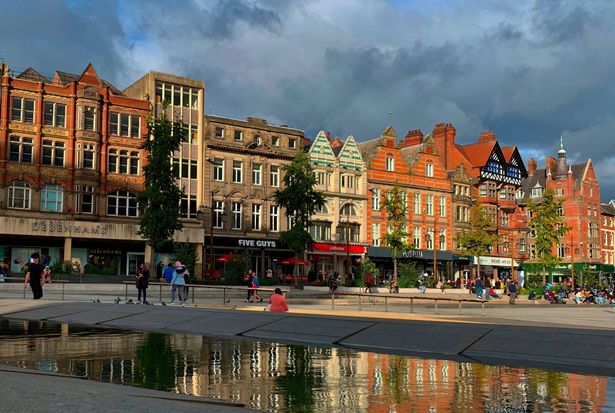 There are 4.4 charity shops per square mile(Image: Wirestock via Getty Images)
There are 4.4 charity shops per square mile(Image: Wirestock via Getty Images)
“Try to go in early, especially if they have items in the window; it’s often where the best stuff is showcased. Also, it’s worth calling ahead to ask about specific delivery or restocking days, so you can plan your visit around when new items are put out.
“Restocking varies by shop, but most tend to refresh their stock at least once a week. The best times to visit are usually after the weekend, as that’s when fresh donations tend to hit the shelves.”
Hellena recommended examining the item’s quality, explaining: “Start by checking the fabric-look at the care label, fabric composition, and stitching quality. High-quality fabrics like cashmere, wool, silk, leather, cotton, and shearling are your go-to, while you’ll want to avoid synthetic materials like polyester and acrylic.
“Pay attention to the construction of the piece: a well-made item is often crafted from a single piece of fabric, which shows a higher level of craftsmanship than one pieced together from multiple parts. Also, check the zippers – brands like YKK are a sign of quality – and inspect the garment carefully for any stains, pilling, broken zippers, or holes.
“Authenticity comes down to the details. Feel the materials-genuine leather should have a certain weight and texture, while fake leather can feel lighter and plastic-y. Look closely at things like stitching, buttons, zips, and labels.
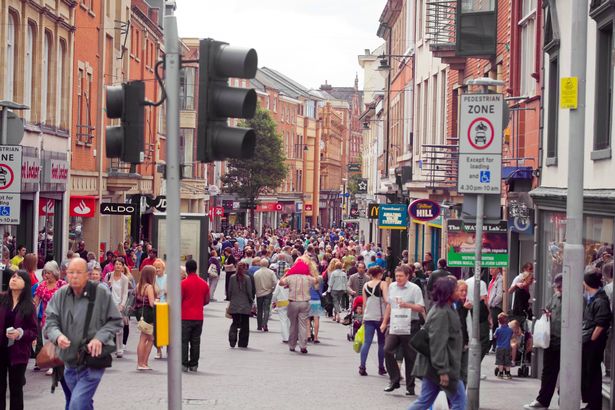 The city also has 12 antique fairs and 43 car boot sales(Image: Justhavealook via Getty Images)
The city also has 12 antique fairs and 43 car boot sales(Image: Justhavealook via Getty Images)
“High-end designers often include authenticity codes or numbers on the label (like with Chanel bags). For leather items, the smell can also be a giveaway-real leather has a distinctive, natural scent. If you’re unsure, compare the item to images of the same style online to spot any discrepancies.”
Sophie McHale, public relations lead at The Co-operative Bank said: “Shopping second-hand is a simple but impactful way to prevent clothing and homeware items from ending up in landfill and it can also help improve your savings at the same time. Every week, 13 million items of clothing end up in landfill, and 670,000 tonnes of furniture each year goes to waste.
“Not only does thrifting help towards reducing waste sent to landfill, but it can also help reduce the demand for water. The fashion industry is the second biggest consumer of water, using 93 billion cubic meters of water, or enough to meet the needs of five million people at once. Buying second-hand can help slow down the demand for new clothing and ultimately bring down the use of water.
“Saving the planet and contributing towards great causes through charity shops can be a simple way to make a difference, but your wallet can also benefit from second-hand shopping. You can save up to 25 per cent per item when you thrift, saving an average of £185 per year across all purchases.”
